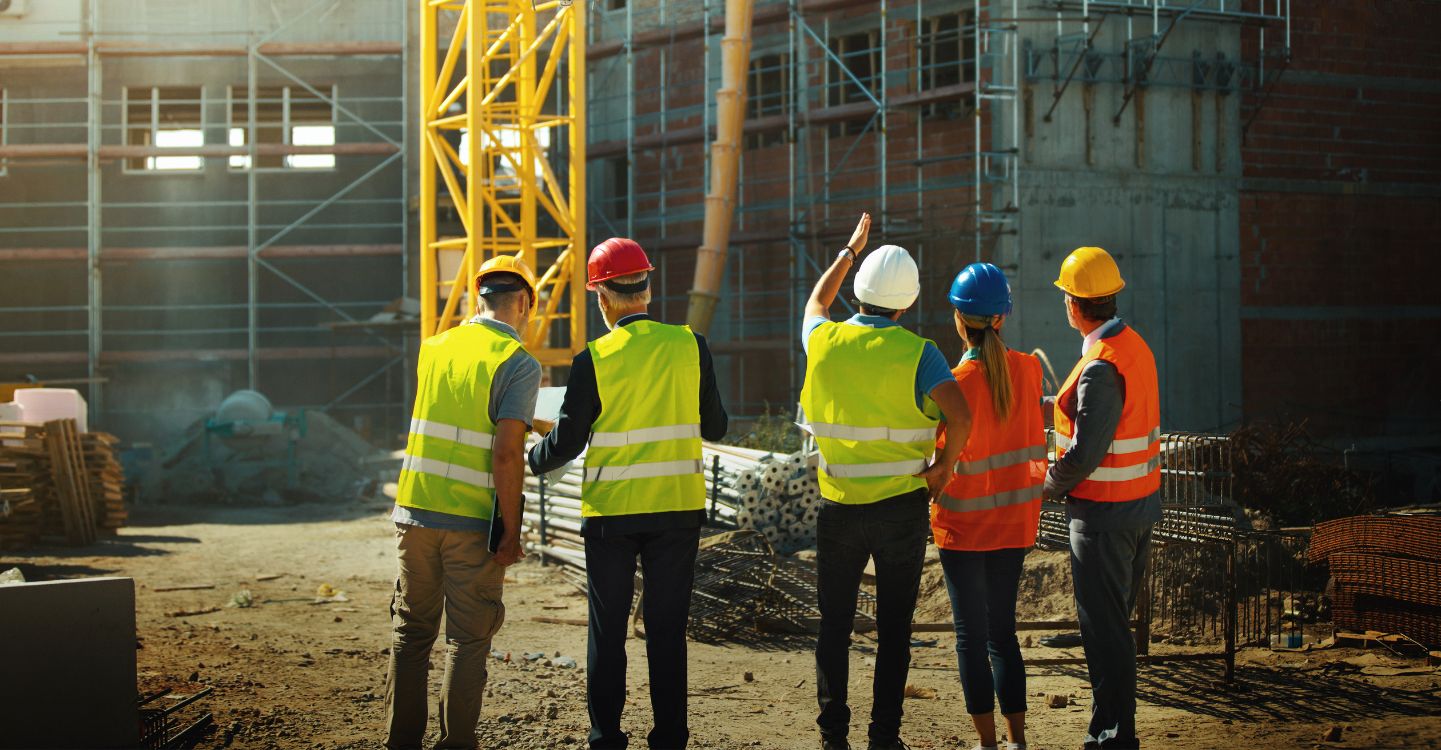What are the principals of prevention?
The general principles of prevention are to:
(a) avoid risks;
(b) evaluate the risks which cannot be avoided;
(c) combat the risks at source;
(d) adapt the work to the individual, especially regarding the design of workplaces, the choice of work equipment and the choice of working and production methods, with a view, in particular, to alleviating monotonous work, work at a predetermined work rate and to reducing their effect on health; (e) adapt to technical progress;
(f) replace the dangerous by the non-dangerous or the less dangerous;
(g) develop a coherent overall prevention policy which covers technology, organisation of work, working conditions, social relationships and the influence of factors relating to the working environment;
(h) give collective protective measures priority over individual protective measures;
and
(i) give appropriate instructions to employees.
What is classified as Construction work under CDM2015?
The CDM2015 Regulations apply to all construction projects within the UK, and do not distinguish between the type (commercial or domestic) of client.
“construction work” means the carrying out of any building, civil engineering or engineering construction work and includes:
(a) the construction, alteration, conversion, fitting out, commissioning, renovation, repair, upkeep, redecoration or other maintenance (including cleaning which involves the use of water or an abrasive at high pressure, or the use of corrosive or toxic substances), de-commissioning, demolition or dismantling of a structure;
(b) the preparation for an intended structure, including site clearance, exploration, investigation (but not site survey) and excavation (but not pre-construction archaeological investigations), and the clearance or preparation of the site or structure for use or occupation at its conclusion;
(c) the assembly on site of prefabricated elements to form a structure or the disassembly on site of the prefabricated elements which, immediately before such disassembly, formed a structure;
(d) the removal of a structure, or of any product or waste resulting from demolition or dismantling of a structure, or from disassembly of prefabricated elements which immediately before such disassembly formed such a structure; (e) the installation, commissioning, maintenance, repair or removal of mechanical, electrical, gas, compressed air, hydraulic, telecommunications, computer or similar services which are normally fixed within or to a structure, but does not include the exploration for, or extraction of, mineral resources, or preparatory activities carried out at a place where such exploration or extraction is carried out.
Who is responsible for CDM?
The client is the ultimate duty holder under the regulations, and must make suitable arrangements for managing a project to ensure that, so far as is reasonably practicable, the project is undertake without undue risk to safety or health for those involved.
All duty holders under CDM2015.






Add new comment